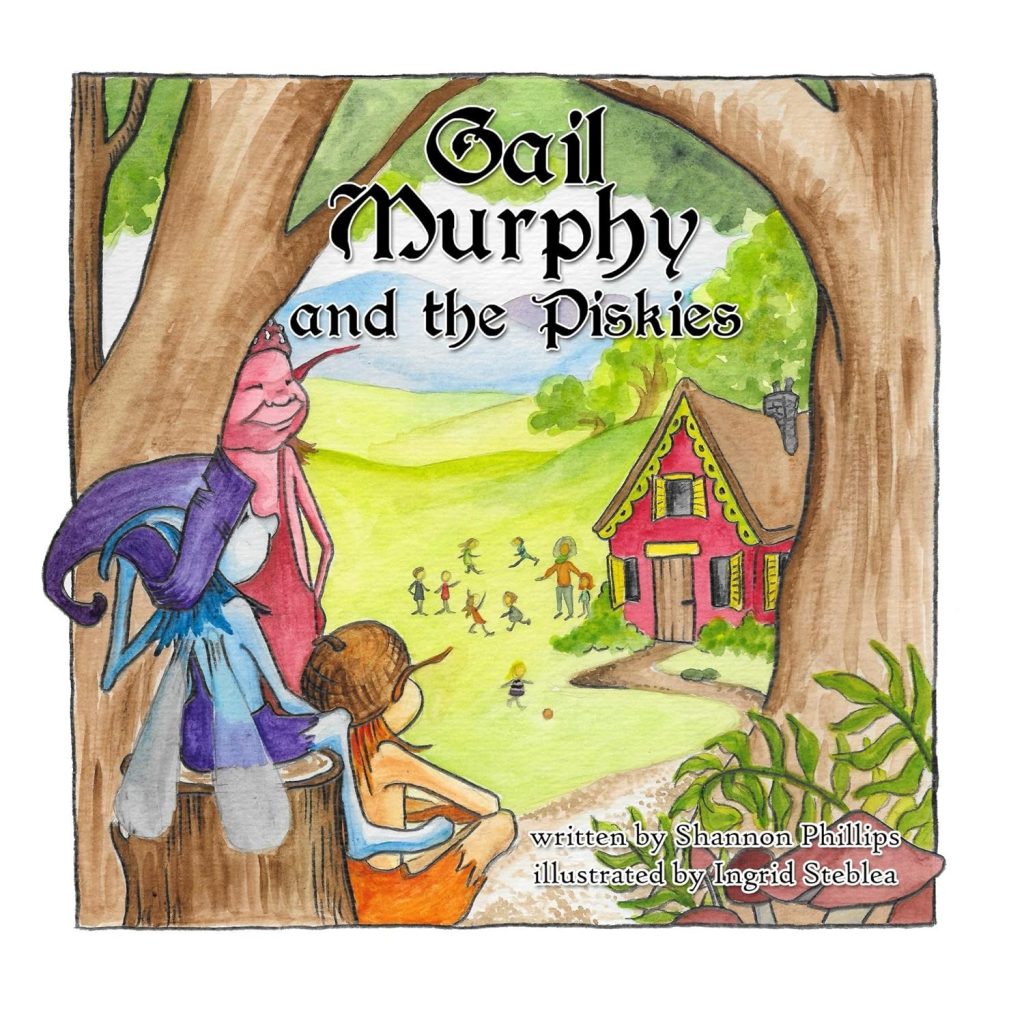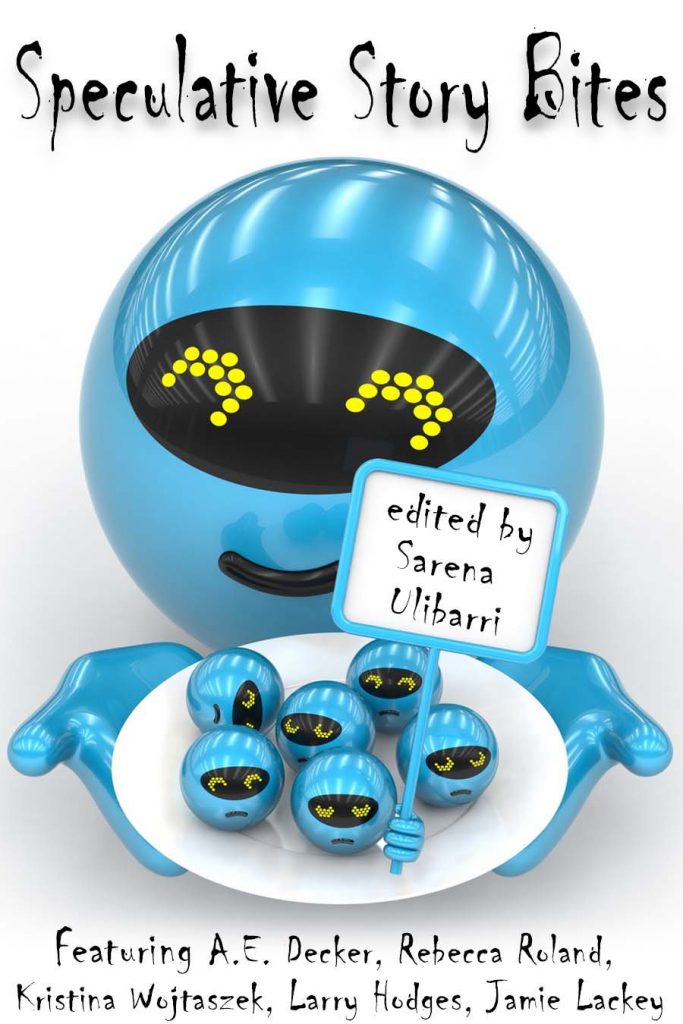So recently I’ve gotten on this random kick of reading etiquette books. Mostly the ones written by Judith Martin: my list includes Miss Manners’ Guide to Domestic Tranquility, Miss Manners’ Guide to Rearing Perfect Children, and Miss Manners’ Guide for the Turn-of-the-Millennium. I’d like to range further back and read some older stuff: I know Nina has a good collection of vintage advice books, which maybe I can browse when we go out to Baltimore for our next visit. But I have to say that Judith Martin is first and foremost just a fantastic writer.
She’s enormously deft with her pen: so very, very funny that her wit almost eclipses the wisdom and humanity of her writing. But like any advice columnist, she provides little windows into the dilemmas that make up people’s real lives, and her advice builds on itself into something grander. It becomes a coherent worldview where etiquette is only another name for the great fundamental truth that sages and prophets have always taught: compassion for others is the most necessary thing in life.
In reading these books I’ve learned two things: 1) I’ve been putting the napkins on the wrong side of the cutlery all my life and 2) I have been a pretty awful person sometimes.
When I was younger I had this belief, not well-thought-out or anything, just kind of an unexamined assumption on which I operated, that any strongly felt emotion ought to be immediately expressed to those in my general vicinity. If I had ever stopped to justify this (horrible) idea it would probably have been on the grounds of honesty and authenticity, but really it was just that I had the impulse control of a two-year-old. Literally. I live with an actual two-year-old now and in some ways he controls himself about as well now as I did when I was twenty.
It’s tempting to diagnose myself, in retrospect, with some kind of brain chemistry imbalance, like mild manic-depression or something: certainly now when I experience the kind of emotional storms that made up daily existence in my adolescence and early twenties, I call it The Crazy. I am so, so grateful that my emotional landscape has evened out, and part of that is just a lucky fluke of neurology; but the thing is, back when I was a terrible drama-llama, I didn’t even try to rein it in. I don’t always succeed now, but at least I know enough to try. I’m a lot better than I was.
At the same time, though, this terrible unexamined idea that I held when I was younger seems to be pretty widespread in modern culture, maybe particularly in American culture. There are certainly plenty of people here in San Francisco who believe that the proper response to somebody accidentally jostling them on the bus is to subject everyone around them to a torrent of obscenities. And there’s a difference of scale, but not really a difference of kind, between that position and the sort that leads researchers denied tenure to unleash a hail of gunfire in the halls of their universities, or computer engineers with a grudge against the IRS to fly planes into government buildings.
It may seem dismissive to frame all these as lapses of manners. And obviously mental imbalance is at work in the larger tragedies. But I really believe that in a society where free self-expression is placed almost on a pedestal, it’s no longer obvious to everyone that self-restraint and consideration for others—the cornerstones of good manners—are not only good things and healthy things but indispensable things. Without them civilization is not possible.
Everyone in America is encouraged to express their feelings, to be open and honest, not to repress or let things fester. But every baby knows how to express its feelings! Self-restraint has to be learned. For some of us it’s very hard work and takes decades of practice. I, and I think the vast majority of my countrymen, do not need any more help in expressing our feelings. We need to be encouraged to not express them.
My favorite poem, T.S. Eliot’s Little Gidding, includes a passage where the speaker is a ghost. He speaks bitterly of the pains of old age, specifically:
…the rending pain of re-enactment
Of all that you have done, and been; the shame
Of motives late revealed, and the awareness
Of things ill done and done to others’ harm
Which once you took for exercise of virtue.
Those lines cut like a scalpel. I’m only 33 and already I look back at times in my life when I acted in the name of passionate self-expression, and I burn with shame. With the awareness of things ill done and done to others’ harm / Which once you took for exercise of virtue. If it’s already bad at 33, I can’t imagine how 70 is going to feel.
But the reason I love the poem is that those devastating lines are followed a bit later by an unless:
From wrong to wrong the exasperated spirit
Proceeds, unless restored by that refining fire
Where you must move in measure, like a dancer.
It’s almost off-handed, that last line-and-a-half: the critical unless is tossed off after a lacerating six stanzas, and there’s no elaboration afterwards. It’s just left there, the glimpse of mercy, a few words of stirring beauty and uplift to follow the meticulously constructed vision of human folly.
And while that refining fire is a spiritual reference, I think it applies just as well to the humbler practice of good manners. Over and over in her books Judith Martin will take a question, usually one that gives the details of a trivial slight and asks Miss Manners to sympathize, and she provides a devastating answer in which ego is withered to ash and all that remains is the inescapable imperative that we must be kind to each other. This is the burning core of etiquette, just as it’s the core of Christianity (the Golden Rule), Buddhism (compassion and lovingkindness), and so many other world religions. We’re allowed to choose our own company; if somebody truly wrongs us, we can exclude them from our lives. But there’s no exemption in etiquette—not one for honesty, not one for passion, not even one for extreme provocation—that allows us to be deliberately hurtful. Trying to use the rules of etiquette to put someone down or make them feel bad is the rudest possible thing to do.
And so the practice of good manners is usually one of excise rather than addition: you’ll be fine if you don’t know which fork to use (as it’s bad manners to pay attention to how others eat anyway), but if you can’t refrain from saying everything that comes into your head, you will inevitably cause offense and hurt. “Telling people what you really think of them” is pretty much never justified. To T.S. Eliot that refining fire had to do with the cleansing fires of Purgatory, but in this world the closest thing I can find are the rules of civility. They too burn away ego and self-aggrandizement and leave us with a strictly circumscribed choice of actions and speech: ones that are not, thank God, perfectly expressive of our innermost selves, but instead expressive of the better selves to which we aspire.
You must move in measure, like a dancer. What better description is there for a life lived with restraint, consideration, and care? Maybe the image of a self-controlled person should not be a pursed-mouth nofunski seething with repressed hostility, but rather somebody who dances through life, placing each step with mindfulness and joy.
This is so very far from a thing that comes naturally to me that I think those who know me well might find it very funny to hear that I now aspire to controlled restraint. But does it really come naturally to anybody? I’ve been practicing it consciously for a few years now and I have as a result a quantity of self-restraint that I can proudly describe as slightly more than none. If I keep at it, in another three decades I might be fit for polite society.
















